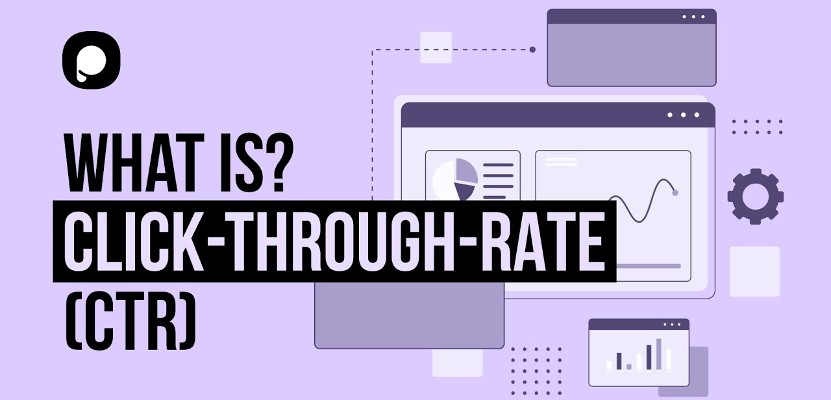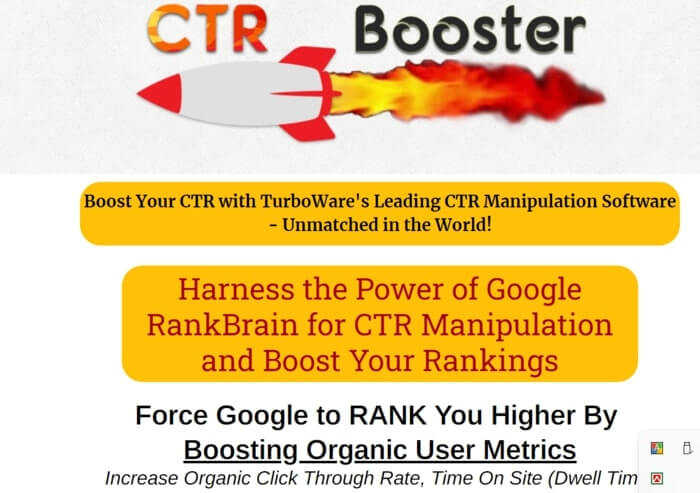Maximize Your Google My Service Listing with GMB CTR Manipulation
Maximize Your Google My Service Listing with GMB CTR Manipulation
Blog Article
Enhancing Organic Click-Through Fees With CTR Manipulation
The optimization of organic click-through rates (CTR) is a nuanced endeavor that hinges on understanding both user psychology and reliable web content discussion. The landscape is rife with false impressions and oversimplifications concerning what absolutely drives CTR.
Recognizing Click-Through Fees
Comprehending click-through rates (CTR) is vital for examining the efficiency of on the internet marketing strategies. CTR gauges the percent of individuals who click a certain link or advertisement contrasted to the overall number of customers that see it. A higher CTR shows that the material is engaging and pertinent to the target audience, while a reduced CTR might signal a demand for optimization.
To determine CTR, divide the variety of clicks by the number of impacts and multiply by 100. For instance, if an advertisement gets 300 clicks out of 10,000 impressions, the CTR would certainly be 3%. This statistics is important for analyzing different components of digital marketing, consisting of search engine optimization (SEARCH ENGINE OPTIMIZATION), email campaigns, and social media sites advertising.
Moreover, examining CTR helps marketing experts determine which approaches yield the most effective results and which need improvement. By focusing on boosting CTR, businesses can improve their web content's visibility and effectiveness, resulting in increased web traffic and possible conversions. Comprehending the subtleties of CTR is fundamental for any type of marketer aiming to enhance their on-line presence and maximize roi (ROI)

The Psychology of Customer Actions
Individual habits is substantially influenced by emotional variables that dictate just how people connect with online content. Understanding these elements is vital for maximizing click-through prices (CTR) in natural search results.
Psychological reactions also dramatically influence customer habits. Web content that reverberates mentally can trigger a sense of seriousness or inquisitiveness, triggering individuals to click. In addition, social evidence-- such as customer evaluations or scores-- can enhance count on and motivate interaction, as individuals frequently want to the habits of others to educate their very own choices.
In addition, the principle of scarcity can drive clicks - CTR Manipulation Press Release. Limited-time deals or exclusive material create a concern of losing out (FOMO), compelling individuals to act swiftly. Recognizing these mental chauffeurs enables marketers to develop even more compelling content that resonates with their target market
Effective CTR Adjustment Methods
Leveraging mental insights can significantly enhance click-through rates (CTR) through targeted adjustment strategies. One of one of the most reliable approaches is making use of compelling headlines that stimulate interest or seriousness. Wording titles as questions or incorporating numbers can attract more interest, triggering individuals to click.
An additional strategy includes optimizing meta summaries to create a sense of relevance and immediacy. By plainly laying out the benefits or services supplied in the content, you can engage prospective visitors and convince them to click. Furthermore, making use of power words-- such as "exclusive," "verified," or "complimentary"-- can boost the allure of your content.
Aesthetic components additionally play an essential duty. Integrating distinctive pictures or thumbnails can draw individuals in and improve CTR. A/B testing various visuals can assist identify which pictures resonate best with your target market.
Lastly, ensuring that your web content promises deliverable worth causes greater CTR. When individuals regard that clicking will certainly offer them with significant insights or solutions, they are most likely to involve. By utilizing these methods attentively, marketers can properly adjust CTR to their advantage while preserving ethical criteria.
Common Misconceptions Concerning CTR
A number of mistaken beliefs border click-through prices (CTR) that can lead marketing professionals to make misdirected decisions. While a high CTR suggests that more users are clicking, it does not ensure conversions or sales.
Another typical belief is that CTR is an isolated metric. In truth, CTR ought to be examined in conjunction with various other performance indications, such as bounce rate and conversion rate, to acquire an alternative sight of project success.
Additionally, some marketing professionals assume that maximizing for CTR alone is adequate. Concentrating specifically on CTR can lead to clickbait methods that might attract clicks however stop working to engage customers meaningfully. CTR Manipulation Service. This approach can harm brand name online reputation and cause reduced retention prices
Finally, there is a concept that CTR methods are universally reliable. The truth is that ideal CTR tactics can vary dramatically across markets and target market, demanding tailored approaches for different market sectors. Comprehending these misconceptions is essential for developing effective CTR approaches that line up with overarching marketing objectives.
Determining CTR Success
Although high click-through prices (CTR) can show successful interaction with material, measuring their true success calls for an extensive analysis of a number of aspects. Initially, it is necessary to comprehend the context in which the CTR is attained. For instance, a high CTR on a misleading title might not translate to significant interaction or conversions, ultimately mirroring badly on the brand name's trustworthiness.
Second, examining the resource of web traffic is important. Organic web traffic from online search engine can special info symbolize a robust material strategy, while clicks from unimportant resources may show a lack of targeting. Furthermore, determining the subsequent user habits is important; analyzing metrics such as bounce rate, time spent on page, and conversion rates can supply much deeper understandings right into the high quality of the engagement started by the CTR.

Verdict

The optimization of natural click-through rates (CTR) is a nuanced undertaking that pivots on recognizing both individual psychology and reliable web content discussion. CTR gauges the percent of customers that click on a specific link or advertisement contrasted to the total number of users who view it. A higher CTR suggests that the web content is involving and relevant to the target audience, while a reduced CTR might signify a need for optimization.
Concentrating solely on CTR can lead to clickbait techniques that may bring in clicks but stop working to engage users meaningfully. Get More Info Furthermore, measuring the subsequent individual habits is essential; examining metrics such as bounce price, time invested on page, and conversion prices can provide deeper understandings into the high quality of the interaction initiated by the CTR.
Report this page